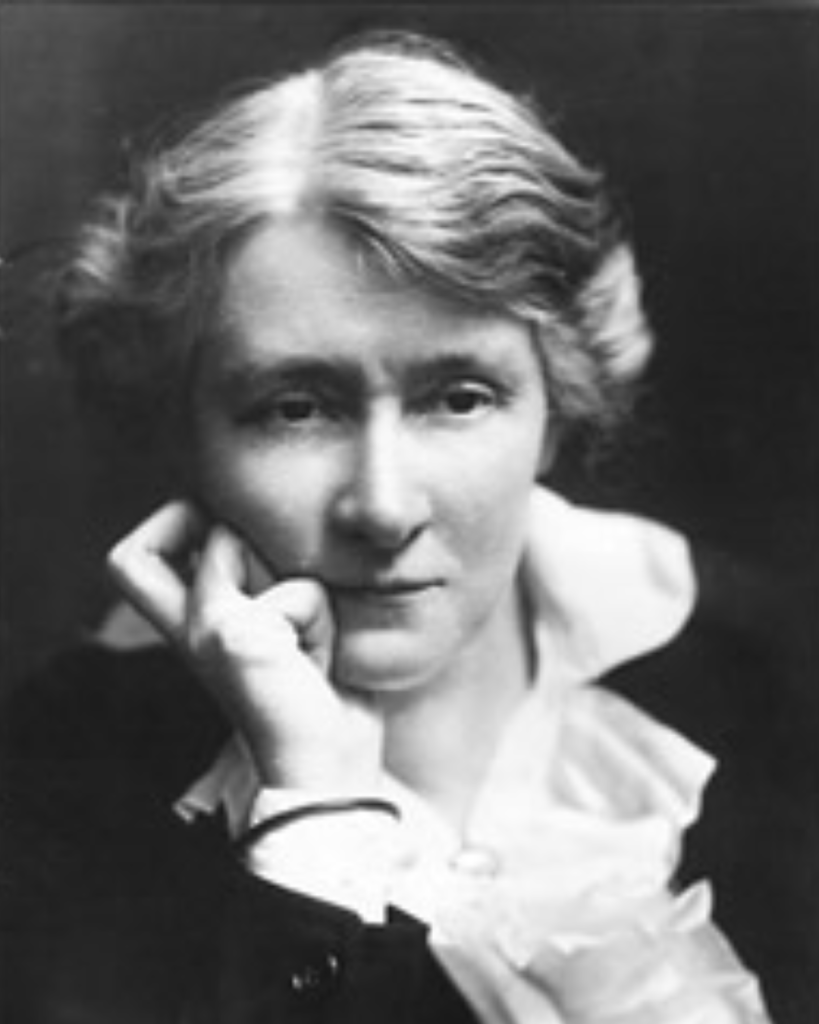The Role of Female Stage Managers
Date published: 30 May 2025
Author: Debs Tonkin
Here at BMT, something we find very important and interesting is looking at characters within a show and pondering a gender swap!
One such role in our current show, Curtains, is Johnny the Stage Manager. We have the lovely Lisa Babb playing Jenny Harmon the Stage Manager! This got me thinking. When did women break into the traditionally male role of Stage Manager? Whenever delving into these things you can almost always come up with amazing trailblazers!

First up, is Edith “Edy” Craig (1869 – 1947), a pioneering English Stage Manager who played a key role in advancing the role of women in the theatre and breaking gender barriers in a traditionally male-dominated profession.
In 1890 Edy joined Henry Irving’s Lyceum theatre as a costume designer and actress. She appeared many times in plays by George Bernard Shaw and Henrik Ibsen. Her mother was the much loved Victorian actress Ellen Terry; Edy also managed her career. Edy founded The Pioneer Players in 1911, producing banned plays on social humanism and women’s suffrage. The Pioneer Players have been described as hugely increasing women’s opportunities in theatre. Edy served as Managing Director, Director and Stage Manager. Under Edy’s charge, the company produced 150 plays.
She was a member of the group Women’s Freedom and was involved in many other suffrage groups. Her determination and talent led her into a male dominated world of direction and stage management earning her respect throughout the industry.

Next up is Ruth Mitchell (1880 – 1963), an influential American Stage Manager and one of the first women to hold prominent positions in theatre production, breaking new ground for women in the field.
Ruth was an American Producer, Director and Stage Manager who worked on Broadway from the late 1940s – 1990s. After performing in several shows she moved into stage management in 1946, where she stage managed over 50 productions, including the original productions of The Phantom of the Opera and Sweeney Todd, as well as important musicals such as The King and I (1951), Pipe Dream (1955), and The Bells are Ringing! (1956). She was one of the first female, full time stage managers and helped to make it a career that many women were able to follow.

Finally, we have Laura Keene (1826 – 1873), an American actress, producer, and stage manager who made significant contributions to the theatre world.
Laura’s first role was Juliet in Romeo and Juliet in 1851. She quickly gained fame, catching the attention of theatre manager James Wallach, who made her his leading actress. After successful roles, she achieved her dream of opening her own theatre, the Charles Street Theatre in Baltimore in 1853, where she produced and stage-managed 34 plays. Later, she moved to California to work at the Catherine Sinclair Metropolitan Theatre where she enjoyed a successful Australian tour. Returning to California in 1855 in the midst of a financial depression, she worked tirelessly to revitalise theatre and, in 1856, opened the Laura Keene Theatre at just 30 years old! She acted, directed, wrote plays, designed sets, and stage-managed. Keene’s performance was the one President Lincoln attended on the night of his assassination.
I love the stories of these trailblazers!
Do I think women make better stage managers than men? No! That’s down to the individual and what they bring to the role. I’m just grateful that in a time when women had to fight to be what they wanted to be, that these determined, creative women forged a path for others to follow.
-Written by Debs Tonkin, BMT Chair
